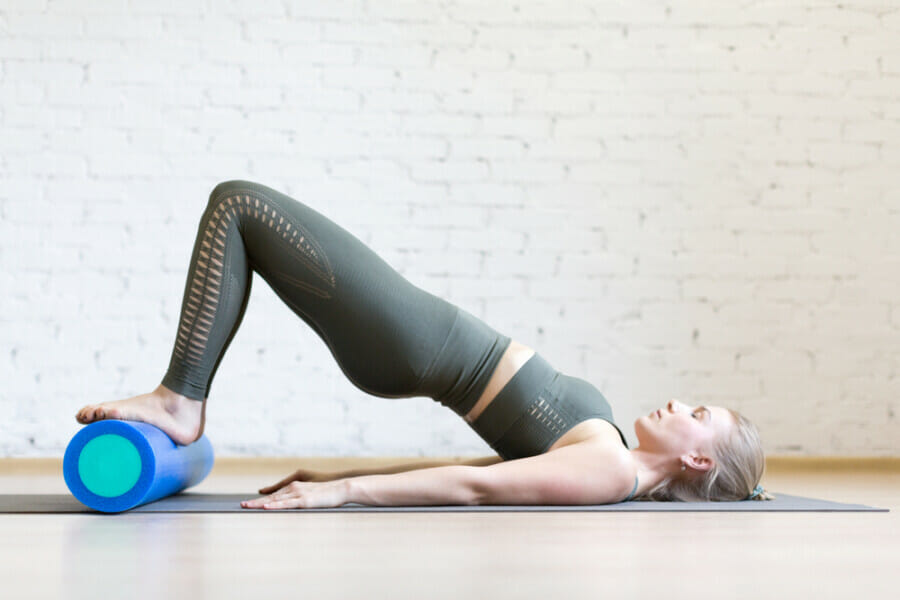Understanding the Pilates Bridge Exercise
The Pilates bridge is a versatile exercise that offers benefits for various muscle groups and can help in relieving lower back strain. It focuses on strengthening the glutes, hamstrings, and core muscles while improving pelvic alignment and flexibility in the hips. This exercise serves as a foundational movement in Pilates and can be customized with additional movements like pulses and leg raises to target different areas.
To perform the Pilates bridge correctly, it’s essential to pay attention to specific details to maximize its effectiveness. Brian Spencer, a Pilates expert, highlights common mistakes to avoid and shares essential tips for mastering the exercise.
1. Proper Foot Placement
One common mistake is placing the feet too far from the hips. Ideally, your feet should be positioned within reach of your fingertips. This alignment allows for optimal engagement of the hamstrings by facilitating a push-pull motion with your feet.
2. Maintain a Neutral Lower Back
While trying to lift the hips high, many people tend to arch their lower backs excessively. It’s crucial to keep the lower back in a neutral position with engaged core muscles. The correct alignment will enable you to see your knees aligned properly.
3. Relax Your Shoulders
Some individuals tend to tense up their shoulders during the Pilates bridge. To avoid this, focus on relaxing your shoulders and keeping them away from your ears. Spencer recommends flipping your palms upwards to promote chest opening and shoulder relaxation, ensuring that your shoulders act as a stable base for the exercise.














